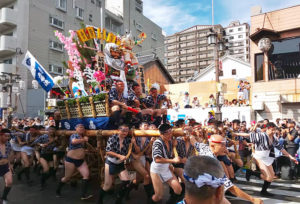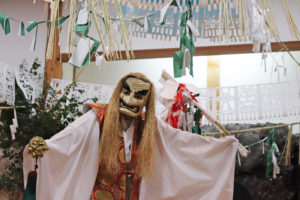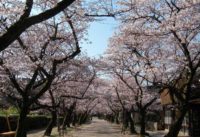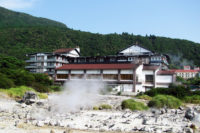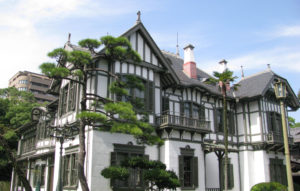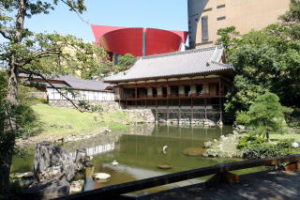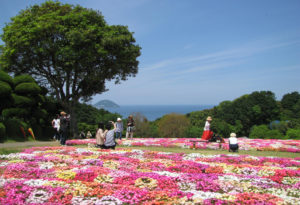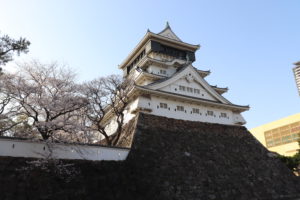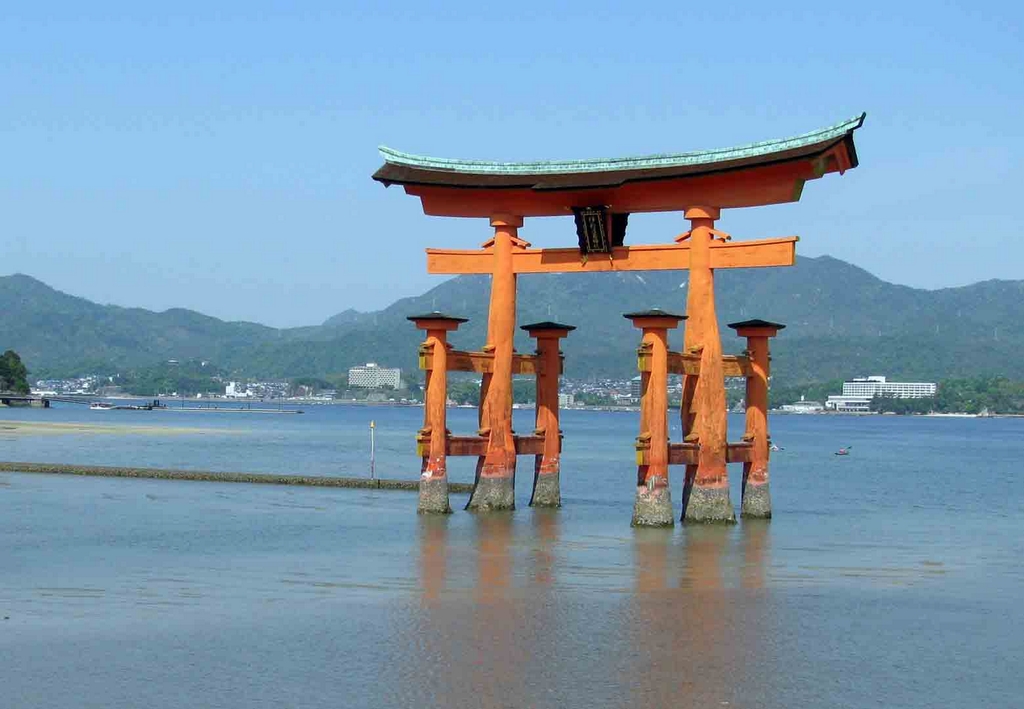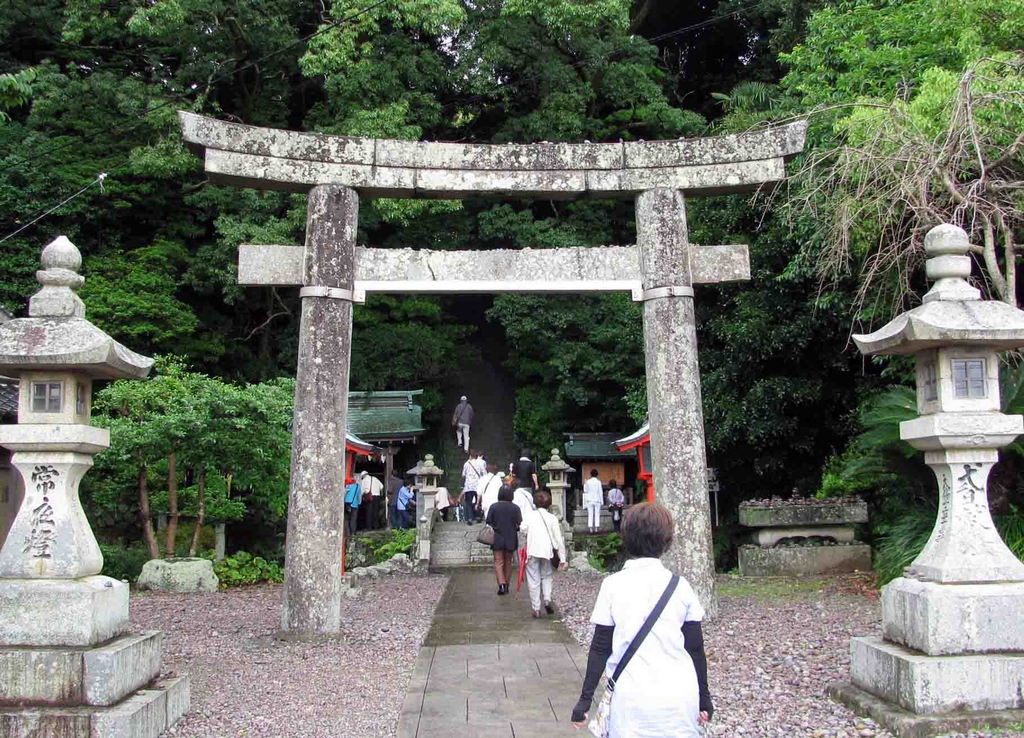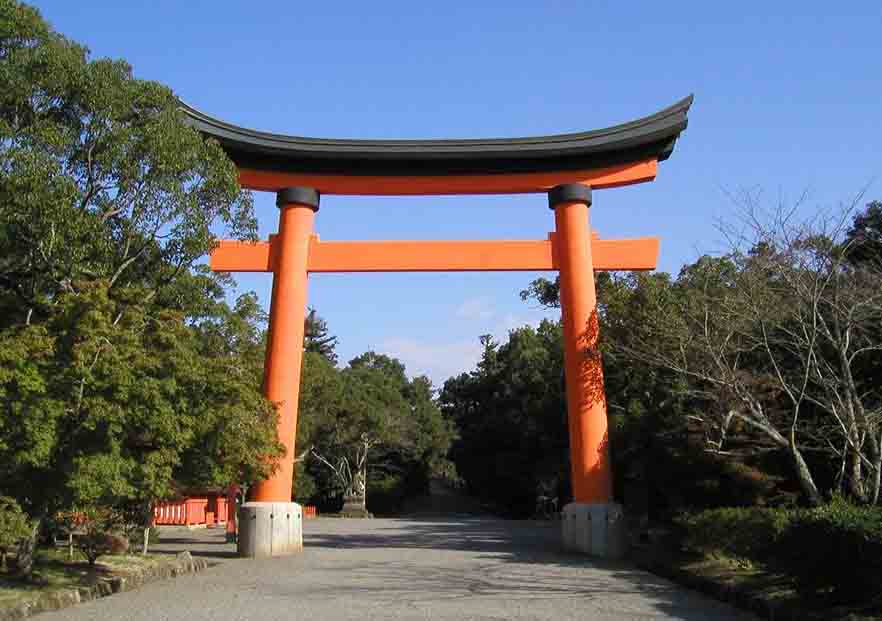Featured things in Japan
|
|
|
Sake, Japanese alcoholic beverage
There are a lot of Sake brewery where you can visit in Kyushu.
Sake is an alcoholic beverage brewed from rice, koji mold and yeast. Its alcohol content
ranges from 13% to 16% and its quality varies according to its fermentation processes.
little alcohol added), Junmai-shu (pure sake with no milling rate specified), Ginjou-shu
In general, the more polished the rice grain is, the higher the grade of sake become.
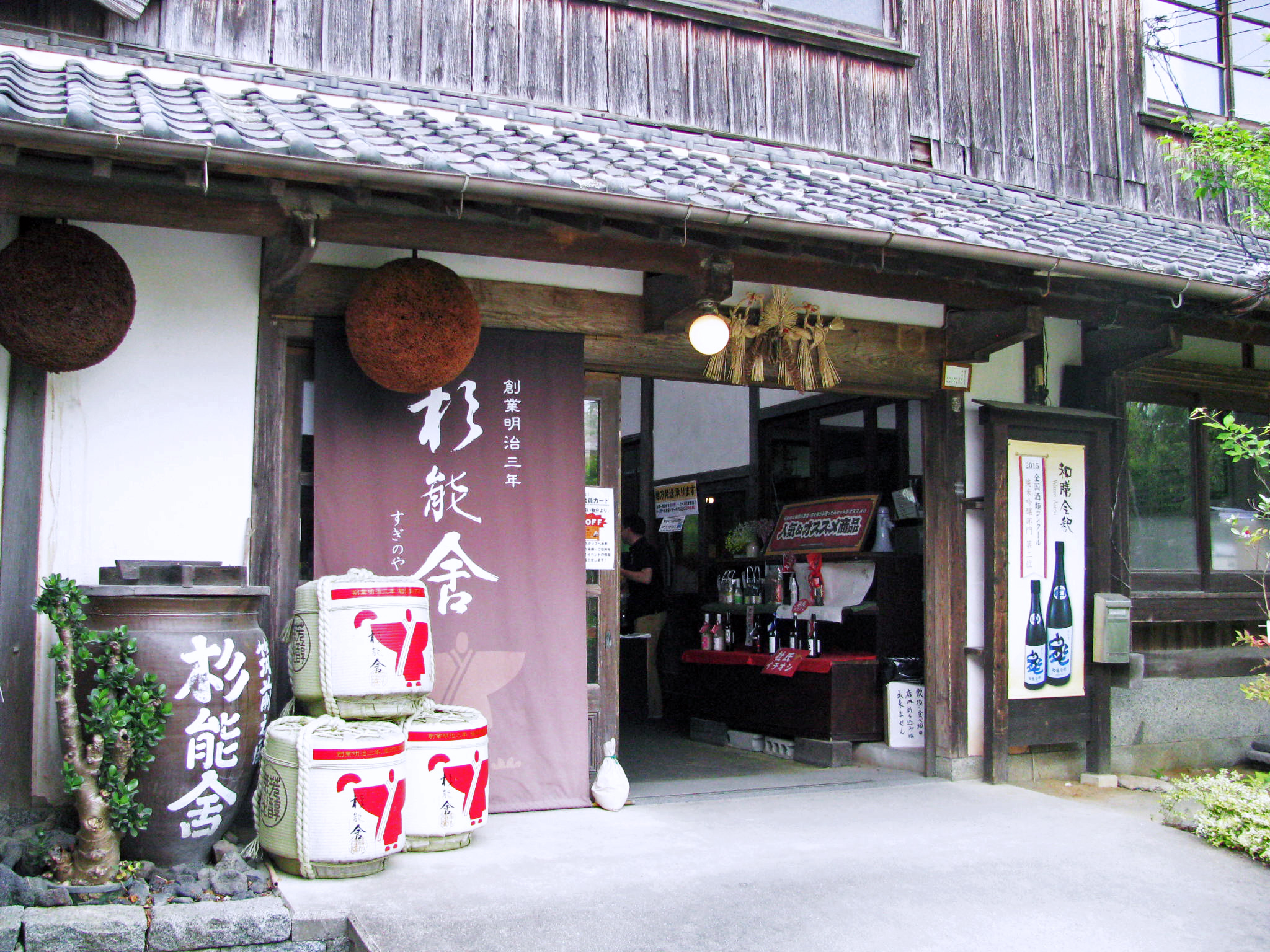 |
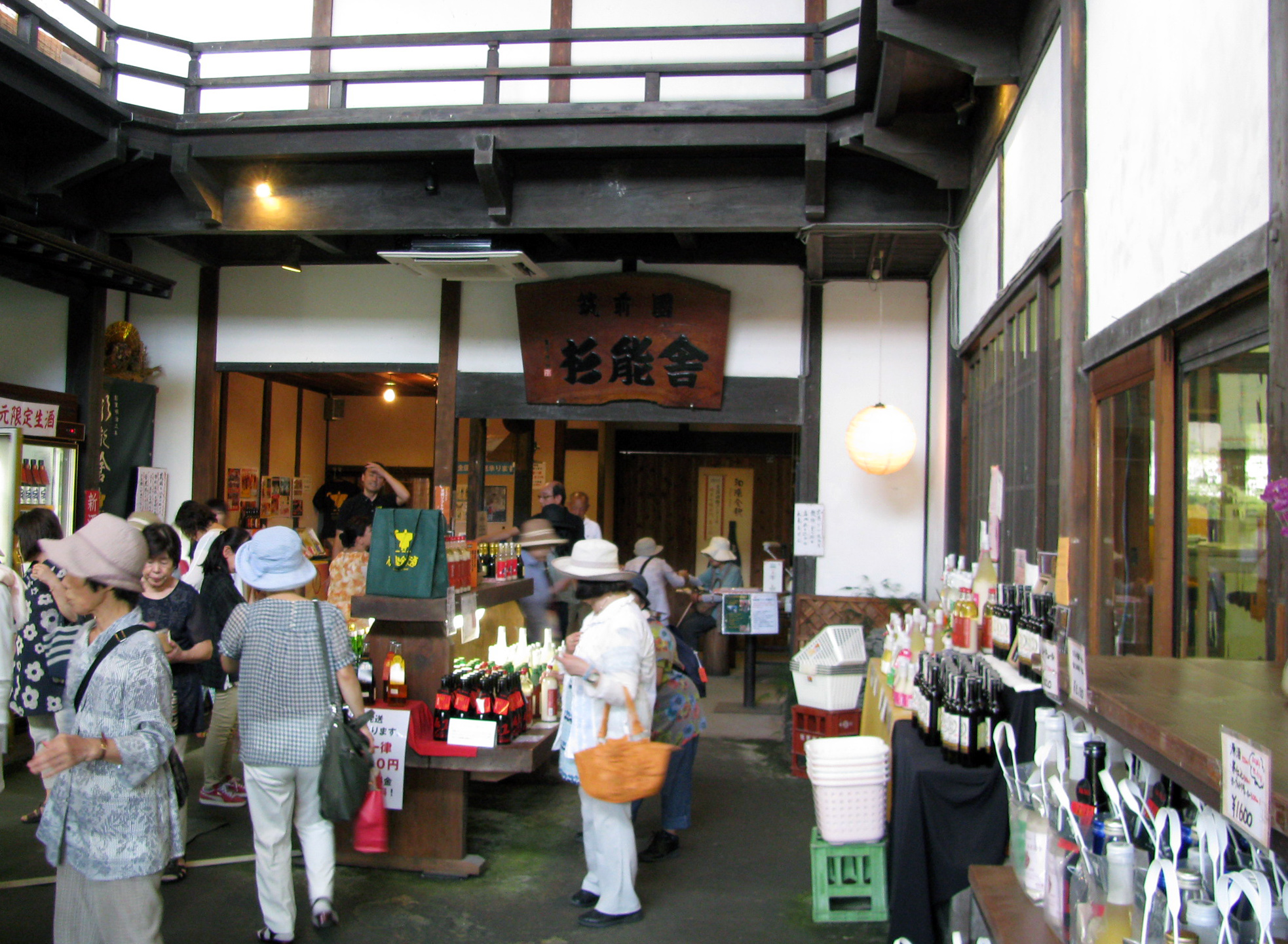 |
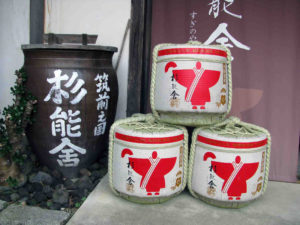 |
make quality sake such as Ginjou-shu.
The second most important factor in sake brewing is quality of water, so sake
breweries have been traditionally built where underground water is available.
Since Japan is a mountainous and rainy country blessed with high quality water,
sake brewing has been developed in many part of Japan including Kyushu.
discriminating taste to control the complicated process of sake brewing.
Japanese Castle
Japaense Castles were built by the lords to show off their power and control their provinces.
They were both residences and military bases. They were made of wood, but used various
defensive devices for protection. For example, moats were built around some castles. In fact,
moats around the Imperial Palace in Tokyo, which used to be Edo Castle, are still preserved.
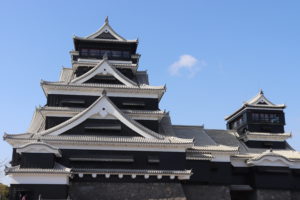 |
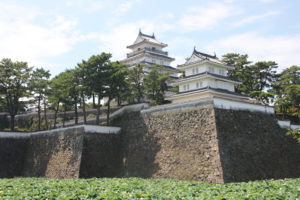 |
Shinto shrine
There are over eighty thousand Shinto shrines in Japan, and they represent the oldest
architectural style in the country. Shinto is a religion unique to Japan. Respect for land
and nature is its basic premise. Usually there is a mirror in the case inside each Shrine.
This is the symbol of Shrine’s deity. Shinto customs are common in Japanese life. Some
people household altars and pray for good health, success and happiness every day.
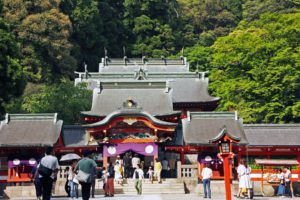 |
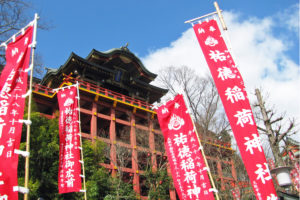 |
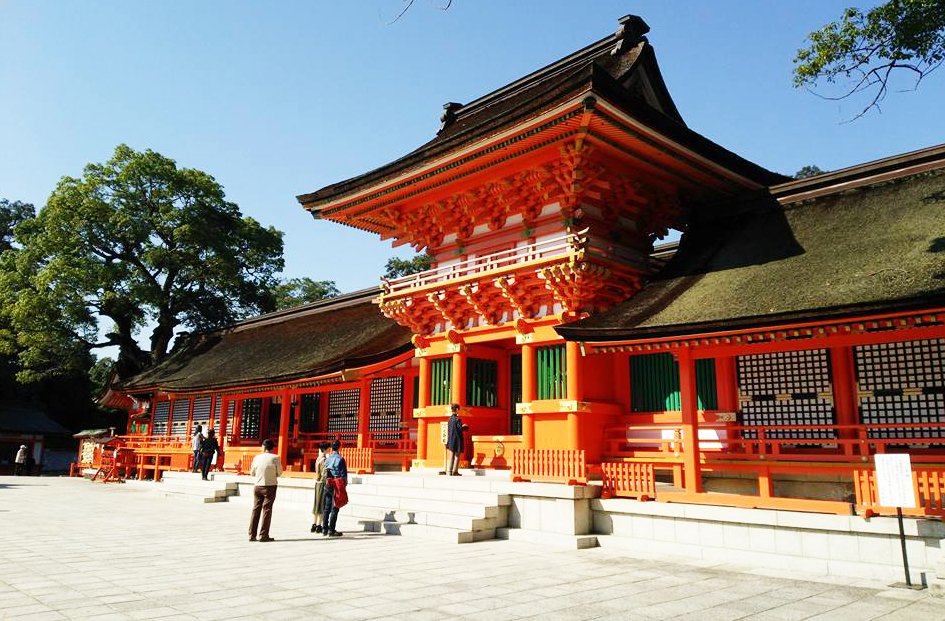 |
Torii Shinto Shrine gate, 鳥居
above the other. It symbolically separates the holy world inside from the
secular world outside.
It is said to have originated as a perch for sacred birds within the shrine precine
Michino-eki, 道の駅
Michino-eki means Road Station in Japan and provides places for travellers to rest,
they are intended to promote local tourism and trade.
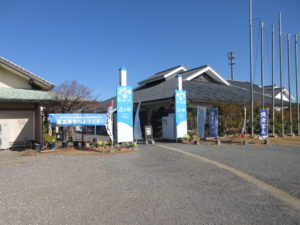 |
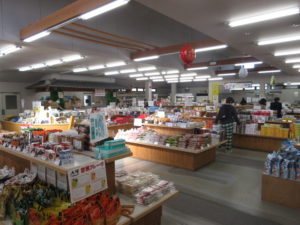 |
 |
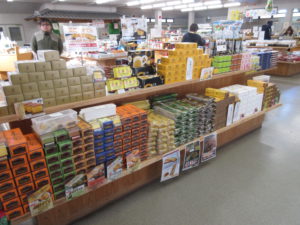 |
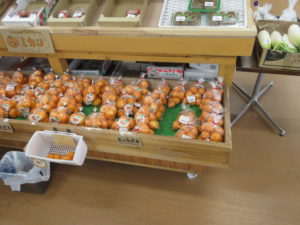 |
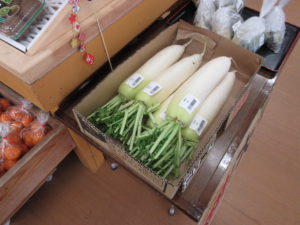 |
There are local shops such as agricultural products (fruits, vegetables, flowers etc. ) ,
seafood, snacks, souvenirs and other goods.
And also, some Michino-eki has reataurants.

